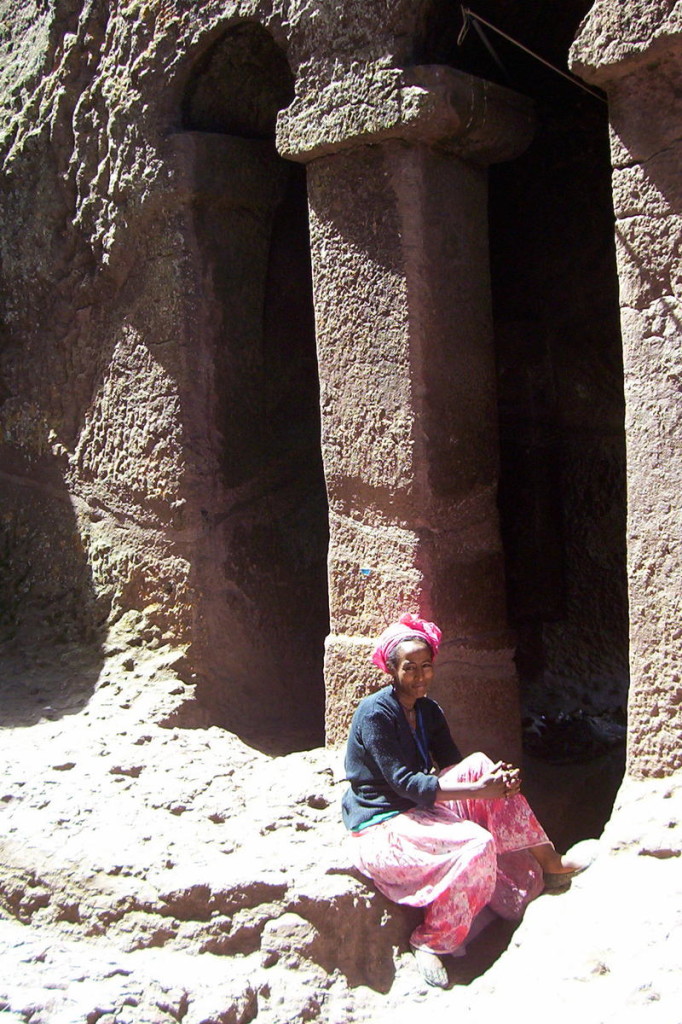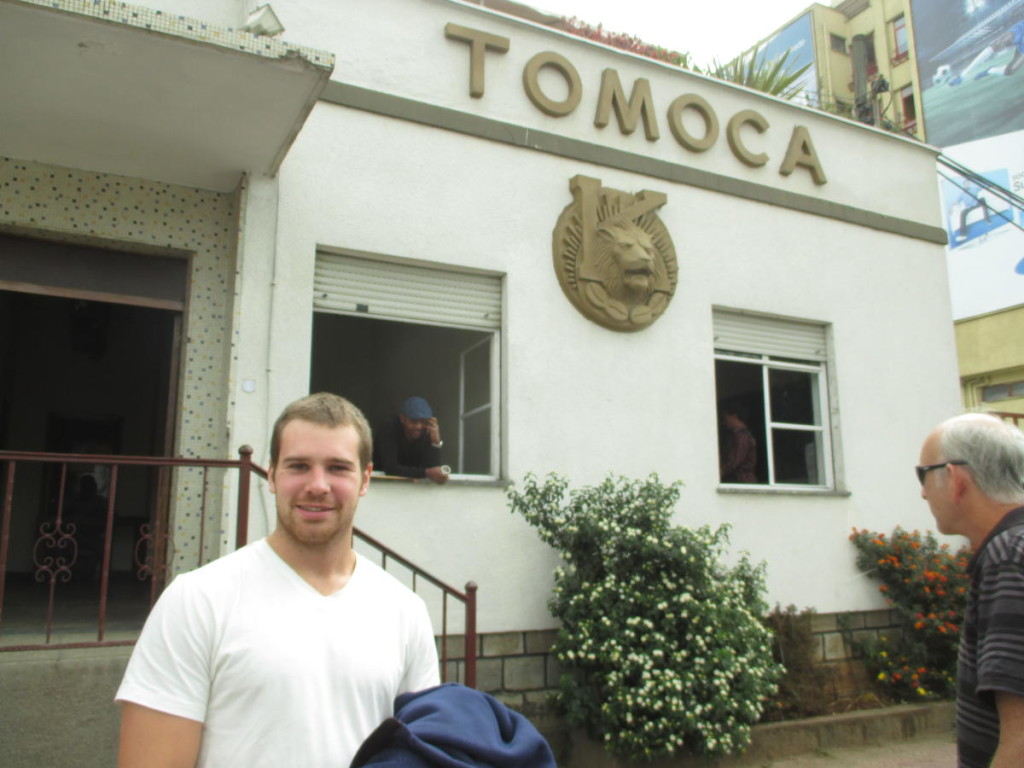302 km, 7250 km from Cape Town
FUEL
We headed back to the border for the formalaties which, although we were the only border crossers does take a long time, but with the usual cheer that immigration officials seem to reserve for curteous and friendly travellers we headed back into Moyale. I mention the immigration situation because in our reseach for this trip we read countless ride and drive reports of others who have been this way and so many of them had problems at borders – it is our experience, thus far mind, that immigration and customs officers are friendly, curteous, sometimes talkative and usually interested in our mission – and this has made them as much fun as any other part of the whole experience.
So into Moyale we rode and into the first petrol station. Fuel was being pumped into vehicles but quite suddenly we were informed that there was no more. A bit unnerved, we tried another garage but they shook their heads too – so our introduction to the chronically short of fuel Ethiopia. A man beckoned us and waved a plastic two liter bottle at us and we rode over and stopped in the dusty edge of the road while two hundred people crowded around us – all talking at once, all waving cans of black market fuel. So the system is; the tanker arrives at the garage and fills the tanks – all available vehicles descend and fill up – mostly bakkies and tuk-tuks and then vendors come and squat down and fill countless yellow, plastic 20 liter drums, which they pay Birr 20 per liter for. Then they go and fill countless 2 liter bottles and hawk these in little stalls at the roadside at Birr 30 per liter -supply and demand. We bought 4 liters for each bike and turned north along a tarred but pitted road through scrubby and poor villages in much the same brush as northern Kenya to the town of Yebello. Stopping for a bite after finding the petrol station empty of fuel, we enquired if anybody knew of any about. None was the reply untill further north but the proprietor of the motel where we were eating said he had some and would share it with us. Off we we went into the back streets of the town and he duly shared some of his stash with us at Birr 50 a liter – supply and demand! We took what he could spare and headed north, getting to the town of Agar Maryam just as it started to rain and get dark at the same time.
With the priority of fuel we finally found a garage with supply and filled up and then only sought out and found a reasonable travellers hotel and settled in with clothing drying everywhere.
– Tango
After an early morning call to prayers mosque greeting, fine riding weather through lush countryside. Small villages in such profusion that they blurred into one long winding village. An interesting wildlife phenomenon. Unidentified raptors were prolific around every village, circling lazily and swooping low, which at close opportunity had light brown marking and large vicious curved beaks and talons. Symbiotic or opportunistic existence with humans, picking through easy accessible village garbage dumps was the theory. Probably also keeping the rodent populations in check or preying on other small species of furry mammal. Elegant forest birds flew out from the trees front of us and through the bananas. Donkey carts, cattle, sheep and goats were staples. In order of sensible road sense, worst to best were goats, sheep, cattle and donkeys. Two silver-white horses, wearied by village life, were skirted by the bikes without even flinching. Standing nose-to-nose in the centre line of the village road, we agreed they were discussing their day and the madness of the village life humans swirling around them day to day.
– Sierra

Southern Ethiopia, you’re never alone in the densly populated country







